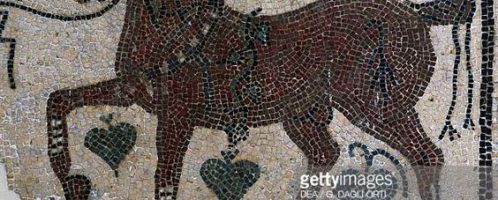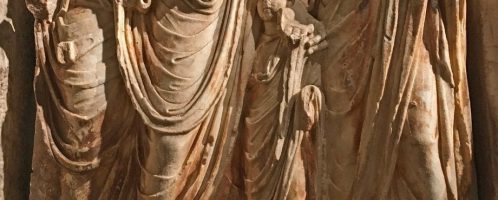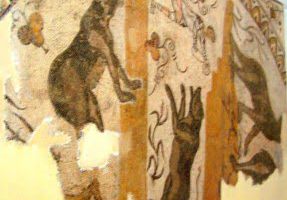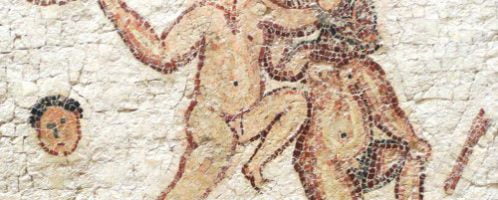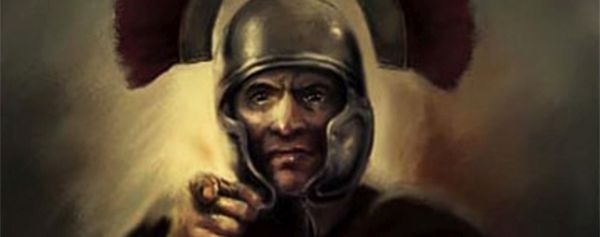If you have found a spelling error, please, notify us by selecting that text and pressing Ctrl+Enter.
Curiosities of ancient Rome
The world of ancient Romans abounded in a number of amazing curiosities and information. The source of knowledge about the life of the Romans are mainly works left to us by ancient writers or discoveries. The Romans left behind a lot of strange information and facts that are sometimes hard to believe.
End of penalty ad beast
On October 1, 326 CE Emperor Constantine prohibited the penalty ad beast and exchanged it for metella. This meant that it was no longer allowed to punish with tearing in the arena by wild animals, and the convicts were sent to forced labor in the mines.
Great Antonine Altar
So called Great Antonine Altar was found in Ephesus and is dated back to circa 169 CE. Object is a relief monument showing from the far left, Marcus Aurelius once he was 17-years-old. Next to him stands Antoninus Pius with young Lucius Verus and further Hadrian.
“The Hunger Games”
Considering the success of the movie “The Hunger Games”, we do not differ much from the ancient Romans when it comes to the passion for cruel pastimes.
Cruel punishment invented by Augustus
Augustus while tring to cut the fights in the arena by replacing it with sports competitions, he was also believed to invent an exceptionally cruel spectacle. In order to exemplify the punishment of one of the convicts, Selouros, he ordered to erect a pillory on the Forum, to which then hungry panthers and leopards were released.
Brutal games
Despite the fact that the Romans over the years have organized bloody games on an increasing scale, some emperors tried to curb the bestiality. Already at the beginning of rule of Augustus, he tried to change the Roman customs – after the profusion of Julius Caesar and earlier Gnaeus Pompeius – and restore the Greek games, where more attention was paid to sports competitions. The games called Actiaca were held for the first time in 28 BCE and they were to take place every 4 years, celebration o won battle of Actium.
Bust of Scipio Africanus
Roman marble bust of Publius Cornelius Scipio Africanus (236–183 BCE), who was a general in the Second Punic War. Object dated back to I century CE; located in Uffizi Gallery in Florence.
What did logistics look like in Roman times?
On the ORBIS website was launched an project “Stanford Geospatial Network Model of the Roman World”, which will allow us to find out how long it took and how much it cost to travel in Roman times.

